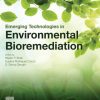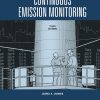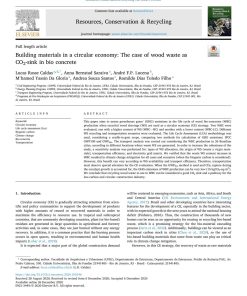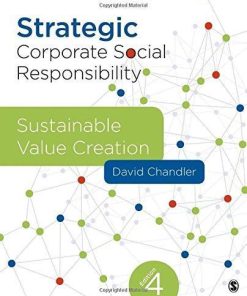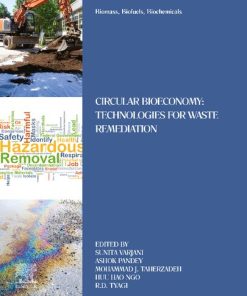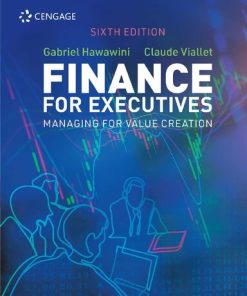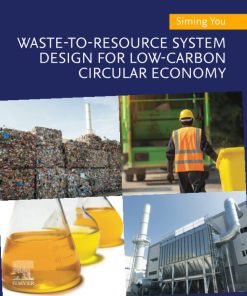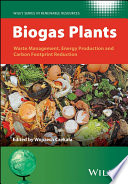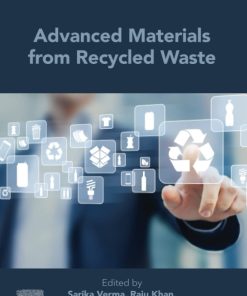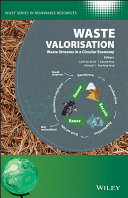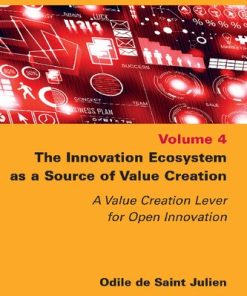Circular Economy From Waste Reduction to Value Creation 1st edition by Karen Delchet-Cochet 1119777052 9781119777052
$50.00 Original price was: $50.00.$25.00Current price is: $25.00.
Circular Economy: From Waste Reduction to Value Creation 1st edition by Karen Delchet-Cochet – Ebook PDF Instant Download/DeliveryISBN: 1119777052, 9781119777052
Full download Circular Economy: From Waste Reduction to Value Creation 1st edition after payment.
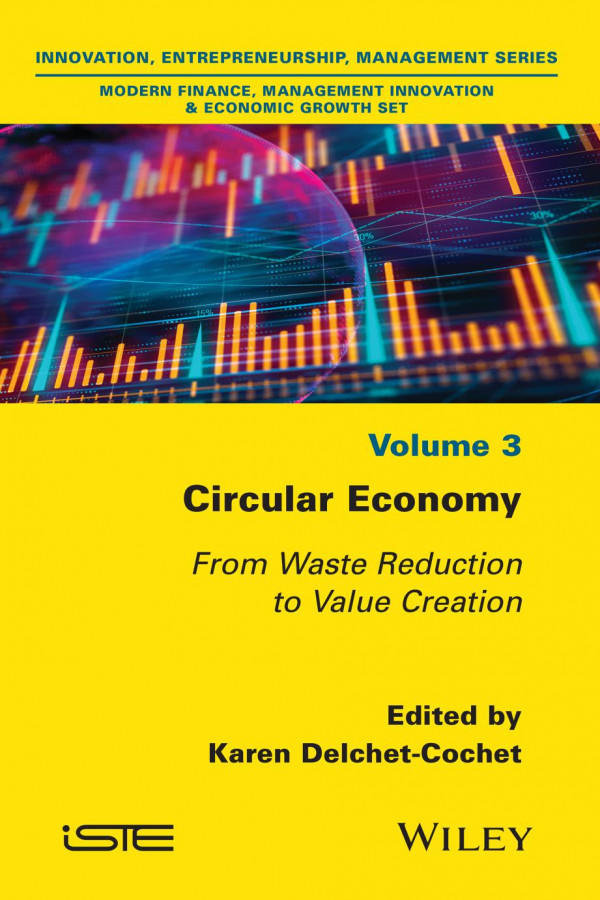
Product details:
ISBN-10 : 1119777052
ISBN-13 : 9781119777052
Author : Karen Delchet-Cochet
This book is aimed at companies, researchers, consultants, consumers, students and any interested public interested in the subject, the reflections and practices of the circular economy. As part of the draft law on the circular economy in France, the authors (researchers and experts) analyze the data and the reflections and base their arguments on real examples in order to propose solutions and recommendations for a green economy. It gives an updated overview of the reflections and practices around the circular economy. The book is divided into three parts: – The company and its functions, innovative business models – The institutional, legislative and normative framework – Some sectors of activity with the prism of the circular economy
Circular Economy: From Waste Reduction to Value Creation 1st Table of contents:
PART 1: The Circular Economy, Between Framework and Stakes
1 The Circular Economy: Historical Perspective and Contemporary Issues
1.1. Introduction
1.2. From the origins of the reflections on the circular economy to its inclusion on the public agenda
1.3. Is the circular economy really a new practice?
1.4. Obstacles to the circular transition to mode 2
1.5. References
2 The Circular Economy and Lifecycle
2.1. Resources
2.2. Environmental context
2.3. Methods to address the circular economy
2.4. Political and normative processes
2.5. Conclusion
2.6. References
3 Circular Economy: Transformation of the Labor Market and Change in Human Resources Management Practices
3.1. Introduction
3.2. The circular economy, labor market and jobs
3.3. The circular economy and human resources management practices
3.4. Conclusion
3.5. Appendix 1
3.6. Appendix 2
3.7. Appendix 3
3.8. References
4 The Role of Education in the Ecological and Circular Transition: Current Situation and Prospects
4.1. Introduction
4.2. Findings and challenges for universities and companies
4.3. How to meet the skills and training needs of the circular economy?
4.4. An initiative provided by the French Virtual University for Environment and Sustainable Development
4.5. The proposed 2019 law on the generalization of education on issues related to the preservation of the environment and biological diversity and climate change within the framework of global boundaries
4.6. Legislative proposals to be closely monitored
4.7. Conclusion
4.8. References
5 Boosting the Circular Economy through Proximity: The New Competences of Local Authorities
5.1. What scale for proximity?
5.2. Understanding the territorial levels: sharing of competences in the context of waste management
5.3. The levers for steering the circular economy
5.4. Conclusion
5.5. References
PART 2: Circular Economy: A Few Tools and Approaches
6 Example of a Pioneering Approach to the Circular Economy: Cradle to Cradle
6.1. The origins of Cradle to Cradle
6.2. Creating resilient models
6.3. Some examples of C2C certified products
6.4. Conclusion
6.5. References
7 From the Circular Economy to Industrial and Territorial Ecology Approaches: What Modes of Governance to Ensure their Sustainability?
7.1. Introduction
7.2. Leverages and obstacles to the sustainability of ITE approaches: findings and analysis
7.3. The modes of governance of ITE approaches
7.4. Articulation of ITE approaches on the same territory: the example of the La Rochelle territory
7.5. Conclusion
7.6. References
8 Sharing Economy, a Driving Force of the Circular Economy?
8.1. Introduction
8.2. Web 2.0 disrupts consumption practices
8.3. The circular economy in Moore’s chasm
8.4. The uses of the sharing economy
8.5. Conclusion
8.6. References
9 The Circular Economy from the Perspective of Voluntary Standardization
9.1. Why and how has voluntary standardization appropriated the concept of the circular economy?
9.2. The main principles of the XP X30-901 standard
9.3. The circular economy project management standard, a suitable tool for evaluating, enhancing and improving projects
9.4. References
PART 3: Activity Sectors through the Prism of the Circular Economy
10 Circular Economy and Construction
10.1. Introduction
10.2. Global environmental issues related to construction
10.3. Sixteen elements of definition
10.4. Policies and projects aiming to apply the concept of the circular economy to construction
10.5. Four main limitations
10.6. Conclusion
10.7. References
11 Understanding the Concept of Waste to Avoid its Production
11.1. Introduction
11.2. Waste defined as that which crosses a boundary
11.3. The ambiguity of waste
11.4. Institutional definitions of waste
11.5. Lifecycle analysis
11.6. Conclusion: arguing about boundaries
11.7. References
12 When Fashion Brands Try to Adopt a Circular Economy
12.1. Introduction
12.2. State of play
12.3. Methodology
12.4. Results
12.5. The limits of the actions implemented
12.6. Conclusion
12.7. References
13 The Circular Economy and Packaging: Challenges and Avenues for Reflection
13.1. Division function
13.2. Protection function
13.3. Marketing and communication functions
13.4. Service functions
13.5. Reflection points
13.6. Conclusion
13.7. References
14 The Circular Economy and Toy Sector
14.1. The toy sector between impact and innovation
14.2. A toy is more than “just a product”
14.3. To conclude: proposals for rethinking our relationship with toys
14.4. References
People also search for Circular Economy: From Waste Reduction to Value Creation 1st:
circular economy from waste reduction to value creation
what is circular economy in waste management
what is circular economy approach
what are the disadvantages of circular economy
circular economy recycling
Tags: Circular Economy, Waste Reduction, Value Creation, Karen Delchet Cochet
You may also like…
Biology and other natural sciences - Biotechnology
Business & Economics - Personal Finance
Finance for Executives: Managing for Value Creation 6th Edition
Engineering - Environmental
Waste-to-Resource System Design for Low-Carbon Circular Economy by Siming You
Engineering
Biogas Plants: Waste Management, Energy Production and Carbon Footprint Reduction Wojciech Czekala
Technique - Materials
Engineering - Environmental
Waste Valorisation: Waste Streams in a Circular Economy Carol Sze Ki Lin
Business & Economics - Others
The Innovation Ecosystem as a Source of Value Creation: A Value Creation Lever for Open Innovation


